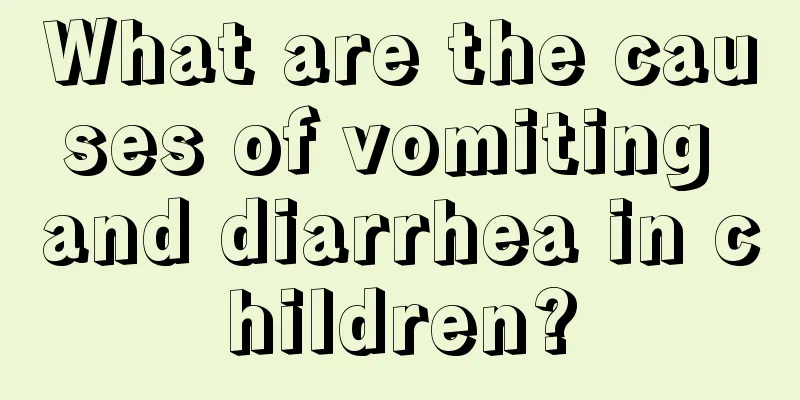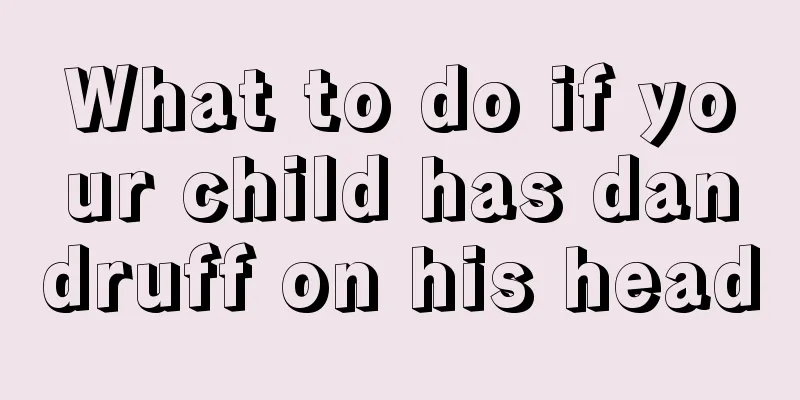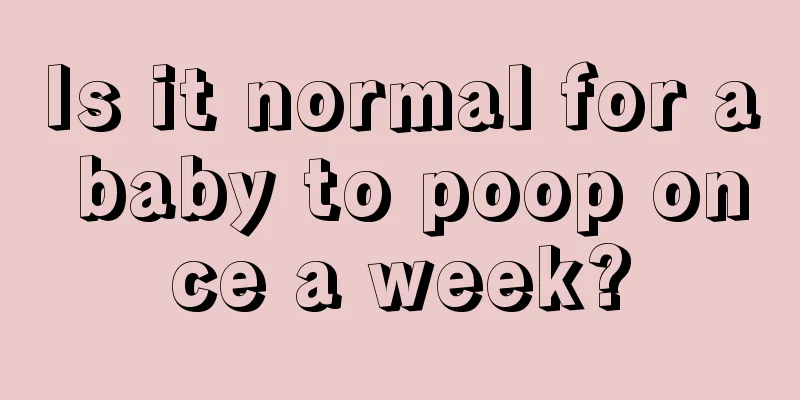What are the dangers of high blood count in babies?

|
For many people, high blood count is a relatively unfamiliar term. In fact, it has a lot to do with our lives. For example, every time you go for a blood test, blood count is an item that must be checked. If the test results show that the blood count is high, you must pay attention to it, because if it continues for a long time, it will lead to a series of diseases in the body. So what are the dangers of high blood count for babies? First, what are the dangers of high blood count in children? A high blood count generally refers to a high white blood cell count, indicating an infection, which is mostly caused by bacterial infection. Upper respiratory tract infection, bronchitis, pneumonia, urinary tract infection and other systemic infections can all manifest as high white blood cell counts. Guidance: Upper respiratory tract infection after a common cold, or even pneumonia, nephritis, etc. can all manifest as high fever and chills. High white blood cell count should be treated with antibiotics. It is best to identify the cause to avoid delaying the disease. While applying antibiotics, if the fever is below 38 degrees, you can consider physical cooling and wiping with warm water. If the temperature is above 38 degrees, you can use antipyretic drugs, aspirin granules, ibuprofen granules, etc. Give your baby plenty of water to avoid dehydration. If there are symptoms of dehydration, intravenous infusion is recommended to avoid danger. Second, what are the dangers of high white blood cell count? The white blood cell count in a routine blood test is high: the number of white blood cells in a normal adult's blood is 4.0×10 to the ninth power to 10×10 to the ninth power per liter. Physical discomfort, especially when there are problems with the kidneys, is often manifested through significant changes in the number of white blood cells. Therefore, it is very important to have a routine blood test in a regular hospital to observe changes in the number of white blood cells. Third, what should I do if my child has a fever and high blood count? (1) Ambient temperature: The room environment should be kept as cool as possible. It is important to open windows for ventilation. If the weather is hot, you can use air conditioning to cool down. (2) Clothing: You should wear less, but not too little. Some parents are afraid that their children will catch a cold or want them to sweat, so they cover their children with very thick clothes or even thick quilts. This practice is not conducive to the heat dissipation of the child's body. Instead, it can easily cause the body temperature to rise rapidly and induce febrile convulsions. Therefore, add or remove clothes according to changes in environment. (3) Diet: Fever will cause children to lose a lot of water and feel thirsty, so they need to be given water to replenish the lost water. You can also prepare fruits with high water content, such as watermelon, for your child, which is very suitable for the taste of sick children. In addition, you need to supplement with nutritious high-calorie foods, such as sugar porridge, egg custard, etc., and eat small meals frequently. Children with fever have slow gastrointestinal motility and should not eat greasy food. (4) Physical cooling: You can take a warm bath. For children whose body temperature is too high (above 40°C), who are feverish and irritable, or who have had convulsions, you can try taking a warm bath. Let the water stay on the child's body to lower the body temperature through evaporation, but do not use cold water; you can also use 35% alcohol to wipe the neck, groin, armpits, etc. for physical cooling. (5) Antipyretics: Currently, the commonly used antipyretics are antipyretic and analgesic drugs containing "paracetamol". It is safe and effective, and is available in drops, solutions, and tablets. Parents can choose according to the age of their children. When the child's temperature reaches 38? When the temperature is above 5℃, you need to take the medicine correctly according to the doctor's advice or instructions. |
<<: What are the precautions for children to take anthelmintics?
>>: What harm do plastic toys do to babies?
Recommend
These 6 parenting truths we have believed wrongly over the years
For the healthy growth of their babies, many pare...
Treatment of large gaps between baby's front teeth
The birth of every new life will make our parents...
How old does a baby start to grow molars?
The baby has been constantly changing since he ca...
Causes of Rough Skin in Babies
The skin of a newborn baby is very smooth. If the...
What should I do if my baby has less hair? These methods are simple and effective
Parents, please take note: if you find that your ...
No hair on the back of the head
Some mothers find that their babies have no hair ...
Why do children sweat at night?
It is a common phenomenon for children to sweat a...
Can my baby eat taro when he is coughing these days?
During the change of seasons, especially in the f...
What should children drink when they have a fever?
Children will always have various problems as the...
How to treat rickets in children
In early childhood, many children will suffer fro...
Treatment of severe vomiting in babies
It is quite common for babies to spit up milk whe...
Baby's nails grow fast. How to cut baby's nails?
Children are adults’ treasures, and little childr...
What should I do if adenovirus infection is difficult to cure in children?
Adenovirus is a relatively acute infectious disea...
How to care for a newborn baby after the navel falls off
After the newborn's belly button falls off, p...
How to deal with eye discharge in children, mothers need to read
If a child has eye mucus, mothers should pay atte...









